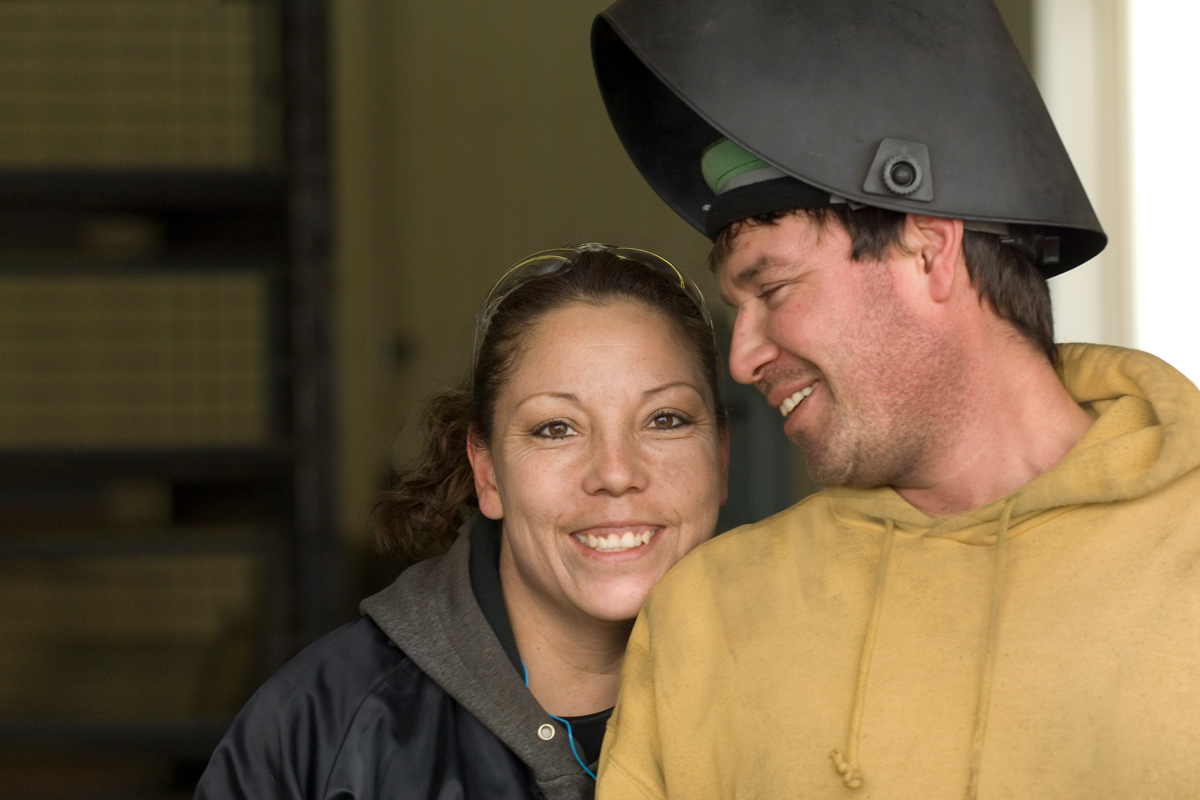DO WHAT YOU SAY YOU’RE GOING TO DO. This principle sounds so obvious! But nothing is more important. Be scrupulous with your word and clear about your commitments.
Don’t overpromise. Don’t under deliver. Otherwise, foundations simply reinforce the pattern of false promises, broken treaties, and bad faith that Native people have encountered from US authorities for generations.
We can and must do better. We have an opportunity to build relationships based on trust and transparency that prove to Native communities that funders can be reliable partners.
GIVE, DON’T TAKE. Again, this one sounds like a no-brainer. We’re funders—we give, we don’t take, right? But philanthropy at its worst can be downright extractive.
Doing better means partnering with Native communities in ways that enhance their data sovereignty, instead of taking data from them for our own evaluation purposes.
It means keeping application and reporting requirements practical and purposeful.
And it means prioritizing the needs of grantees, not our own needs, in designing whatever convenings or other activities we might organize.
These are good practices for all philanthropic relationships. But in the unique context of Indian country, respecting grantee partners by giving and being sure you’re not extracting is even more important.

